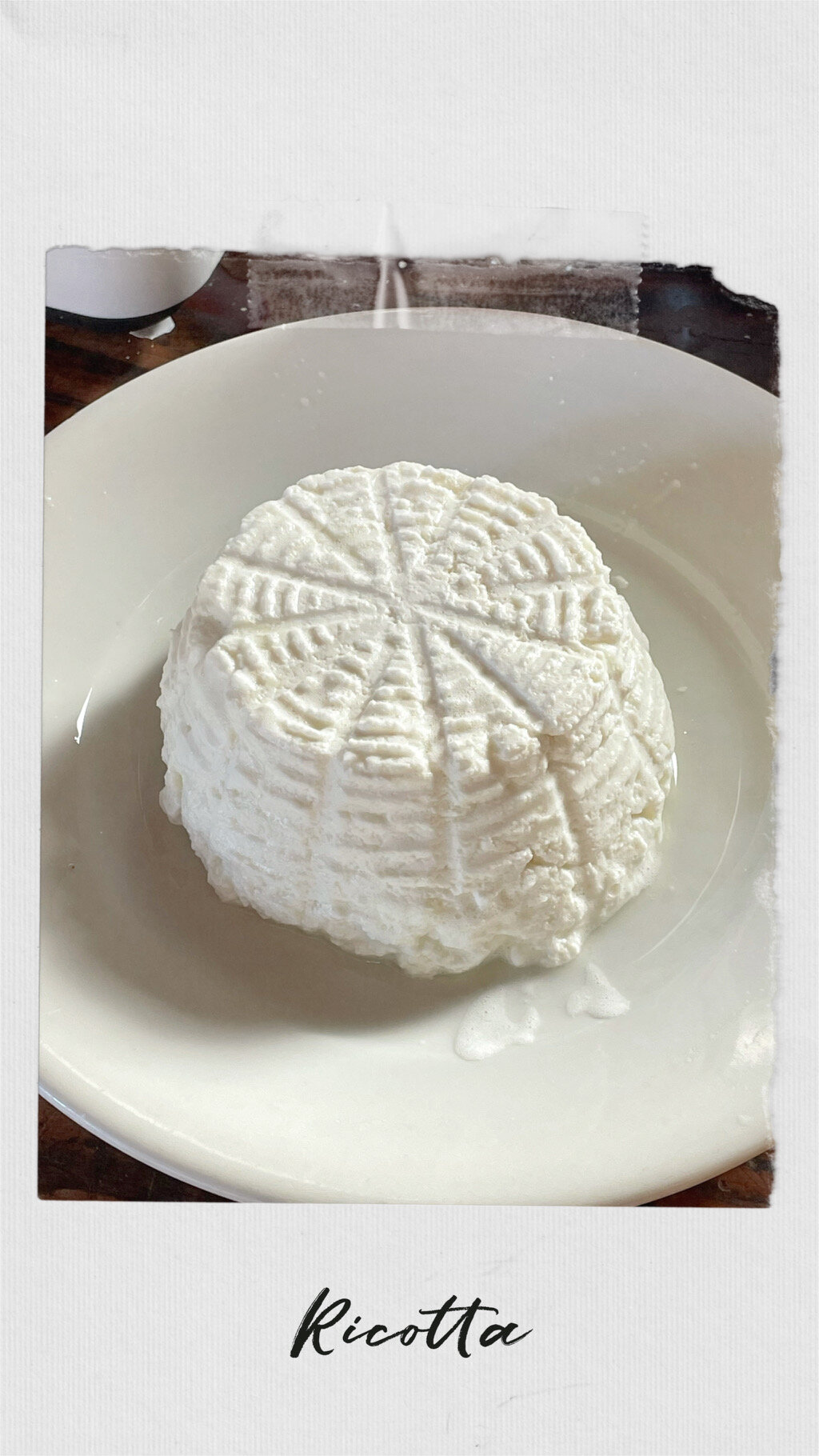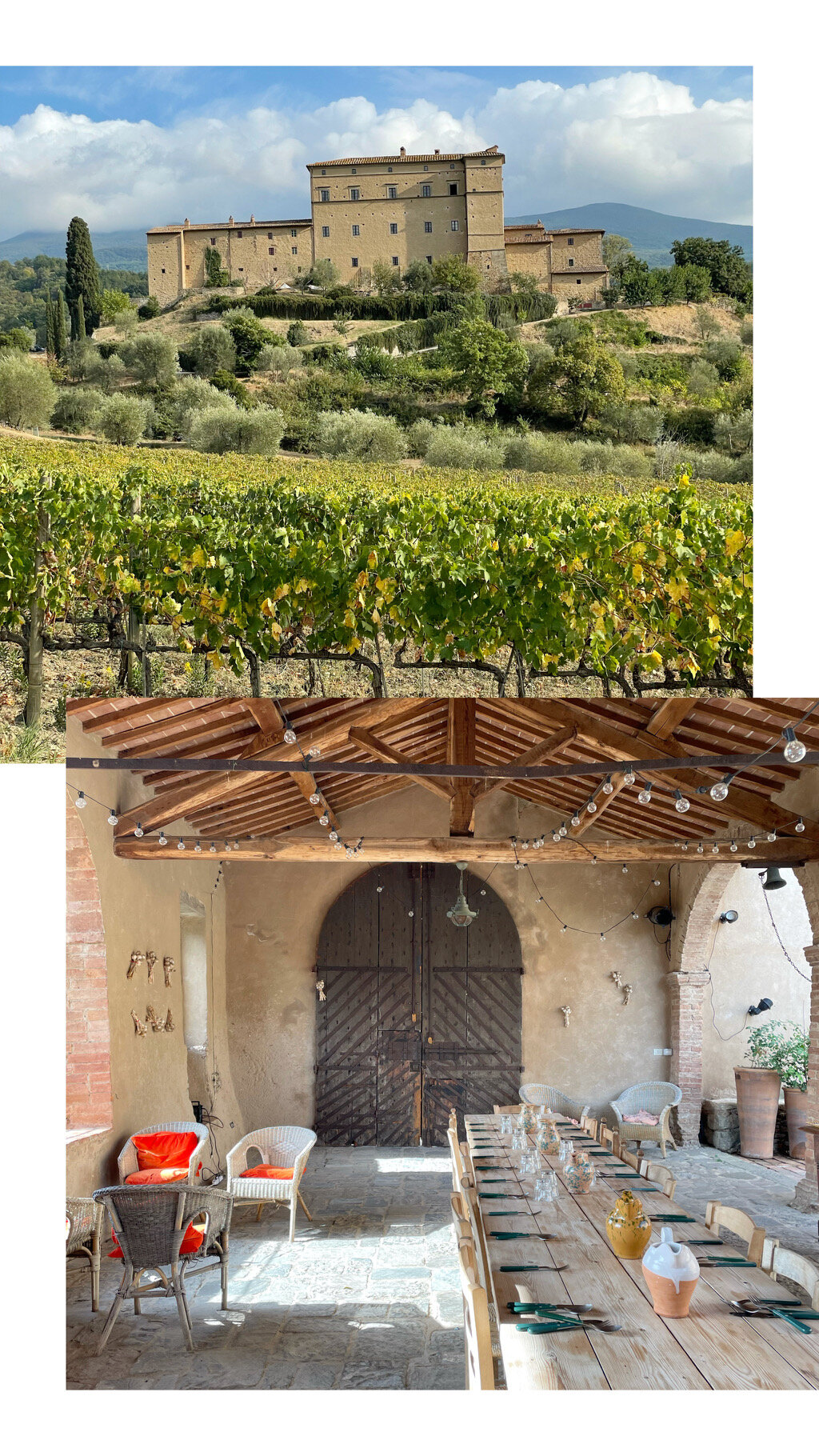Tuscan Traditions: Pasta Making
/I love getting my hands dirty. Today’s pleasure, making fresh pasta was particularly special.
It’s day 4 at Potentino. There is a spear of sunshine coming through the kitchen. This morning, Rachel Roddy, food enthusiast and writer behind An A to Z in Pasta, and she is telling us about how pasta making is all about child's play.
She is cheery. A tall, curly hair, freckled skin, British lady who has spent 16 years of her life in Rome. She is a striking presence at the castle. Her speech is quick, with bursts of Italian.
She is showing us the flour divide between Northern and Southern Italy. Another rivalry between North and South. Flour is the key ingredient for pasta making. Puglia, Calabria, Campania, they go for semolina flour, or durum wheat flour. A granular, sandy, fine ingredient that slips through your fingers. On the contrary, Toscana, Lombardia, Veneto, they use a velvety, teddy bear like soft flour, the regular all purpose wheat flour we all know.
It really is simple. You add 200 gr of either flour and 100 ml of water for a semolina flour recipe (or 2 eggs for a soft flour recipe), and you’ve got all the ingredients for pasta for two. As Rachel shows us how to proceed, she tells us how her family likes to think of the process, a flour mountain that turns into a volcano, with the water and/ or the eggs as craters. Mix all the ingredients up, and suddenly you find you have playdough in your hands.
What follows isn’t quite as much fun, but you need to knead. 10 minutes of pushing down, pulling out, folding and turning in. Thankfully, I like to do hands-on work.
The dough, a soft but sturdy ball with all the tenderness of a baby's bottom, is now ready to rest. 30 minutes are key for the gnoccho (the dough) to rise, and as I listen to others talk about what pasta shapes will be made for lunch, I take a moment to observe my surroundings.
We are in a kitchen that is more than 700 years old. Maids, servers, owners and friends, guests and volunteers have passed through this kitchen over the centuries, and have made this little universe their own. There’s a wooden cabinet that particularly draws my attention, full of mix & match glass and kitchenware. I made a note to myself to speak to Charlotte, the owner of Potentino, to tell me more about this room.
The timer is ringing. It’s time to shape the pasta. We practice our beginner skills by exploring the pleasures of forms, from classics such as the orecchiette (little ears) to experimental freeform. We are quickly drawn back from pleasure to work though, as lunch time is getting closer and today we are cooking for 20 people.
The shape of choice for lunch is pici. To get this shape, we pinch about 2-3 inches of the dough and turn it into a thick, long and fat hand-rolled type of spaghetti. This shape, Rachel tells us, originated in Siena, Tuscany. All of a sudden, I am transported to traditions in the valley. Traditions of wine making, growing vegetables without fertilizers, weaving wool from the neighboring sheep farm. Traditions that Potentino is resolutely trying to keep alive.
Our pasta making work is done, and as we wait for the pici to cook, we move from the kitchen to the dining room. There’s an air of excitement and anticipation (and hunger) in the room. We are all hoping the result of our hard work will be good. Is it going to taste as good as it felt when we were preparing it? Will our beginners pasta survive the cooking? Will everybody like it?
Sometimes actions speak louder than words and as guests have a bite of the fresh pasta, paired with roasted tomatoes passata, olive oil and basil, I only need to see their faces to know the answer. Delicioso!
The hard work we put in this morning has been a success. One that I am hoping to repeat at home. And I hope you will, too.
TCB xx































